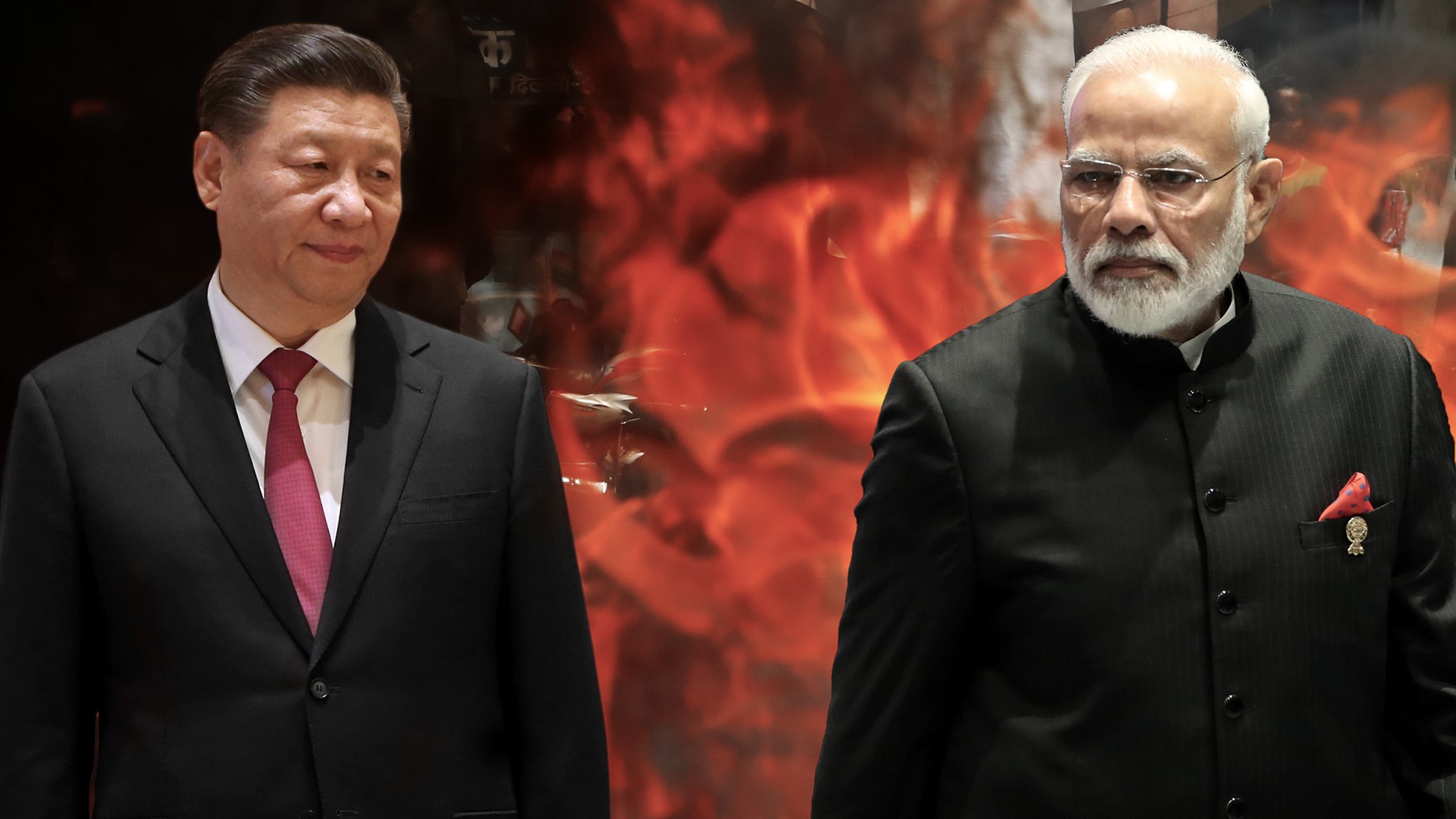
China’s 2024 Threat To Indian Democracy
 Sun, 04 Jun 2023
| Reading Time: 7 minutes
Sun, 04 Jun 2023
| Reading Time: 7 minutes

The Indian state of Karnataka went to elections on May 2023. It was surprising to note how the Chinese media gave coverage to a state election in India, a phenomenon that was not seen before. The South China Morning Post (SCMP) published articles with heading like “What Congress’ Win over Modi’s BJP in Karnataka Means for India’s 2024 Election,” and “Bye-bye Modi? Ruling BJP voted out in key Indian state ahead of national vote.”
This gives a clear indication that China and many other nations who do not find Indian Prime Minister Modi’s government suitable for their agenda would undertake steps to either unseat him or weaken his position so that he cannot take hard decisions. Fair and free elections are the hallmark of any democracy. The interference from these external forces is a clear and imminent threat to national security.
The Old Methods
China has been funding terrorists and Maoists in India. Now, the same secret funds could be diverted to a few suitable candidates who it thinks would toe its line if elected. After all, China is accused of funding 11 Canadian candidates in the 2019 federal elections through the Toronto consulate.
There are 174 Chinese companies registered in India. Funding through them could be one of the easiest ways to influence election results in India. After all, the track record of most of these companies hasn’t been optimum in India.
In July 2022 the Enforcement Directorate (ED) raided over 44 places across the country in a money-laundering investigation against Chinese smartphone manufacturers Xiaomi, Oppo, Vivo, and their distributors. During these raids, a fraud of ₹6500 crore was unearthed.
Pakistan’s Inter-Services Intelligence (ISI) modules based in Nepal are another prominent method of transferring illegal money to India. The 1770 km unfenced Indo-Nepal border is porous, poorly guarded, and most suitable for illicit trade like transferring fake or real currency. The Nepal modules connect with close and regular connections based in border areas of Bihar and Uttar Pradesh. Money is physically smuggled to these entities leaving no electronic trail. Was the Reserve Bank of India’s (RBI) withdrawal of ₹2000 currency notes to stem these operations? Only the Indian government can answer that question.
Hawala is another prominent method to deal with illicit money transactions. The Middle East and especially Dubai is a prominent player in Hawala transactions. Routes taken from the Middle East are mostly via Kerala and sometimes Nepal. As per an estimate, a decade ago Indian exchequer was losing over ₹10 lakh crore every year due to Hawala.
Most Effective: Students, Academia, And Influencers
Every revolution, mass movement, and elections have had students at the forefront. They have energy, collectivism, and a malleable persona. Teachers and social media influencers have the maximum impact on shaping the thought processes of these students.
Even in India, most universities are left-leaning with many academia as Communist Party of China (CCP) sympathizers. Their views and guidance have an immense effect on students’ malleable minds.
China also hires social media influencers on platforms like Instagram, Twitter, Facebook, and YouTube. With smartphones in hand, students spend hours every day on these platforms. As per a study in 2021, students 13-19 years of age make up 31 percent of social media users in India. These numbers could be much higher today.
CCP understood the importance and threat of social media very early on. They also understood the student power during the 4th of June 1989 Tiananmen Square massacre. That is the reason China banned all the external social media platforms mentioned above and created its sinicized version. Now whole nation, including students consumes the same propaganda that CCP peddles. A detailed study is available in my previous article.
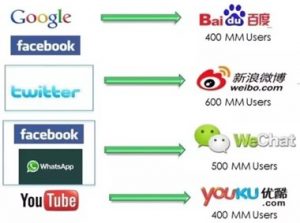
Chinese Equivalent of Free World Social Media
The New Method
What money cannot achieve, sometimes technology could do that for you. The new age technology is scary and the advent of artificial intelligence (AI) makes it scarier. How does AI work? AI in its simplest form is used to manipulate public opinion. CCP uses massive swarms of political bots to spread propaganda and fake news. The on-site agents may or may not have started sectarian, religious, or political unrest but these bots which are autonomous accounts jump in at an opportune time. They are programmed in the political and religious arena to spread one-sided political or religious messages, creating the illusion of public support.
Typically disguised as ordinary human accounts, bots have been responsible for spreading misinformation and contributing to an acrimonious political climate on sites like Twitter and Facebook in almost every Indian state but especially in North East India, Punjab, Jammu and Kashmir, Karnataka, Kerala, and Tamil Nadu. Farmers’ protests, anti-CAA protests, the US BLM, and Capitol protests are some of the most glaring examples.
Modus operandi to disrupt the election process:
- Attacking voters from the opposing camp on social media and discouraging them from going to the voting booth
- Infiltrate the online spaces used by targeted campaigners to spread highly automated content
- Generate a massive storm of messages that would choke off opposing messages and thereby support the desired candidate’s campaign
- As per reports, similar techniques were used to make Donald Trump look good in the 2016 presidential elections and bad in the 2020 elections
- Similar techniques were used by bots to make #MacronLeaks viral on social media just days before the French presidential election. The real information was mixed with falsified reports, to build a narrative that Emmanuel Macron was a fraud and a hypocrite.
However, with big data and machine learning techniques, the whole game plan has moved to the next level. The highly sophisticated micro-targeting operation using these advanced technologies could give mind-boggling results in influencing people.

Smartphone Penetration in India and Chinese Companies’ Dominance
As per Statista.com India already has one billion smartphone users in 2023. According to a report by Counterpoint Research, 79% of India’s smartphone market share was dominated by Chinese smartphone makers in June 2022. Chinese app dominance has been shattered after the People’s Liberation Army’s (PLA) misadventure in Galwan. In the pre-June 2020 period, China commanded a whopping 50 percent market share of the Indian app market. Today that figure lingers around 29 percent.
As per an IB Times report, China has stolen the personal information of 80% of Americans. The methods used to steal data, include hacking healthcare companies and technology, such as smart homes, sensors, and 5G networks. A similar pattern emerged in India when China-backed hackers infiltrated the Aadhaar database and stole data from 1.1 billion Indian citizens including names, addresses, photos, phone numbers, email IDs, and biometric data in 2018. A study conducted by Haoyu Liu (University of Edinburgh), Douglas Leith (Trinity College Dublin), and Paul Patras (University of Edinburgh) found that Chinese smartphones pose a serious threat to personal data.
Keeping China’s 2017 National Intelligence Law and the 2014 Counter-Espionage Law in mind, the Indian telecom ministry granted permission to a dozen firms – including Ericsson, Nokia, and Samsung’s network unit to conduct 5G technology trials, however, Chinese Huawei and ZTE were kept out.
The Chinese laws state — “Any organization or citizen shall support, assist and cooperate with the state intelligence work in accordance with the law. The state protects any individual and organization that aids it.” In simple terms, every Chinese company is forced to share data with CCP and spy for the nation.
One must wonder, what would China do with such a huge database. Why are these details important? These details showcase how China is sucking out valuable data from Indian citizens’ phones and personal electronic devices (PED). Data is the new oil. Without data, AI has no power. Besides commercial use to study consumer buying patterns, data has a lot to offer, and in the modern era that data could be used to manipulate people’s thought processes and decision-making. And that’s where it threatens Indian democracy.
The Assault on Democracy
Nazi propaganda minister Joseph Goebbels once said — “If you tell a lie big enough and keep repeating it, people will eventually come to believe it.” Well, AI is making Joseph Goebbels’ job easy. The collected data is further updated with legitimate or illegitimate surveys on platforms like Facebook, Twitter, Instagram, LinkedIn, etc.
AI facilitates very precise audience targeting which is crucial in political campaigns. Utilizing all the data, AI identifies hardcore supporters of a particular candidate. Those supporters are chucked out of the system as CCP doesn’t want to waste money on those who already support or oppose a particular candidate. Even after that, a substantial number is left who are swing voters and need a push. These voters are divided based on caste, religion, age, and social standing. They are further divided based on their surfing habits, and what kind of videos, news, or messages they are forwarding or spend time watching.
The advancement in AI is mind-boggling. The data is harvested to better understand the personalities of potential voters and build a psychological profile to target voters in a more precise manner. Tailormade texts, memes, and videos are sent to each individual through WhatsApp and other social media platforms. By analyzing each locality’s data in real-time, AI enables campaigners to go after specific voting areas prepared with the burning issues to either incite them or make promises.
But the biggest damage CCP would do to a democratic process is through deep fake videos, audio, and pictures. One of the most scarily convincing deepfakes is this Morgan Freeman deepfake. The Dutch deepfake YouTube Channel Diep Nep first shared the video last year. There is no explanation required. Watch this deepfake and imagine what is in store for less informed people, in the coming days:
Conclusion
Even if these methods are not effective today, that day is not far away when the Chinese methods would be so convincing that voters would not be able to distinguish between real and fake. The worst scenario for any nation would be when China tries to get an “agent” elected to a democratic parliament.
China has usually seen India as a secondary threat compared to the United States and Japan. However, India’s stand during the 2017 Doklam stand-off, Galwan and Tawang intrusions, rejection of the Belt and Road Initiative (BRI), and active participation in Quad have changed that belief in Chinese strategic circles. China today sees India as a greater threat. “Containing India” has become a buzzword in these circles.
The time is ripe for China to weaponize its control over Indian data. India’s legislation dealing with all things online is — the Information Technology Act 2000. It is not adequately built to deal with new and emerging threats and breaches such as election interference through social media. India’s Digital Personal Data Protection Bill 2022 also lingers on. This lackadaisical approach could cost India and Indian democracy dearly.
Disclaimer
The opinions expressed in this article are the author’s own and do not reflect the views of Chanakya Forum. All information provided in this article including timeliness, completeness, accuracy, suitability or validity of information referenced therein, is the sole responsibility of the author. www.chanakyaforum.com does not assume any responsibility for the same.
Chanakya Forum is now on . Click here to join our channel (@ChanakyaForum) and stay updated with the latest headlines and articles.
Important
We work round the clock to bring you the finest articles and updates from around the world. There is a team that works tirelessly to ensure that you have a seamless reading experience. But all this costs money. Please support us so that we keep doing what we do best. Happy Reading
Support Us





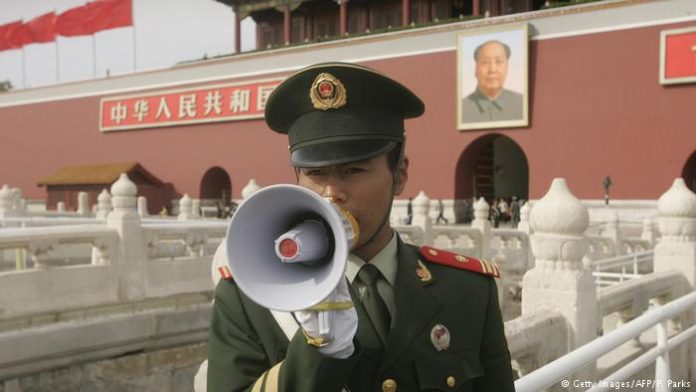


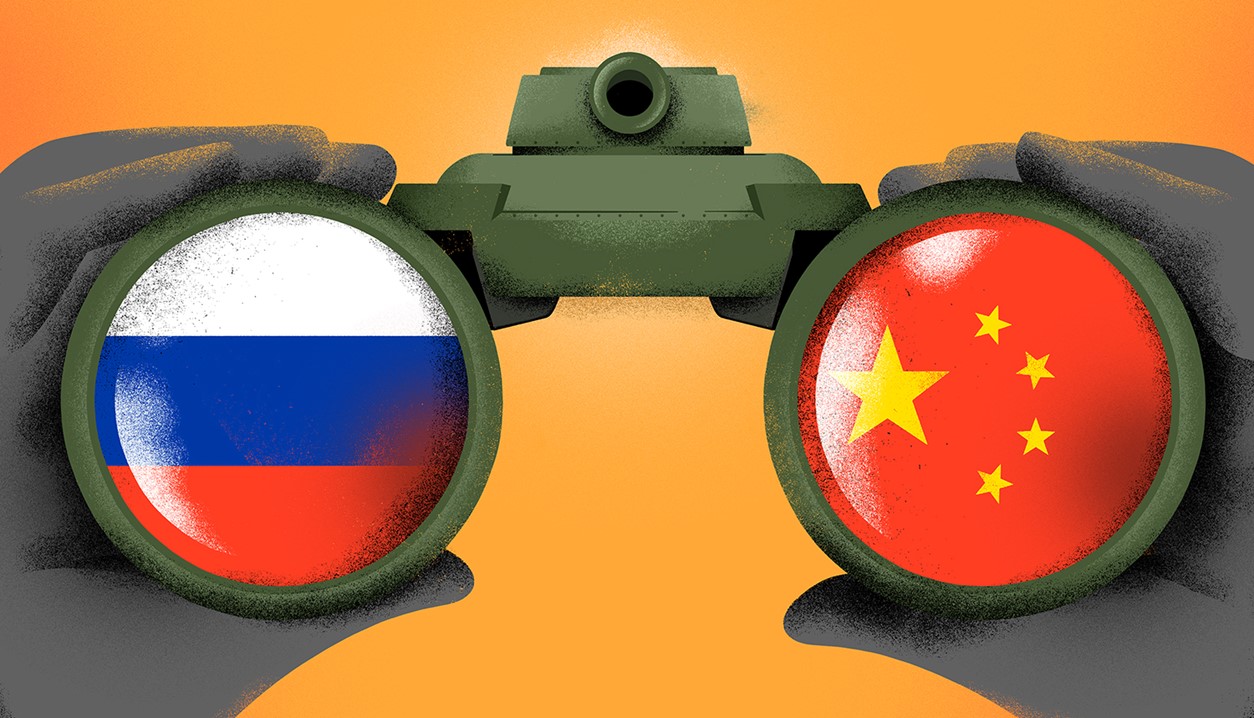

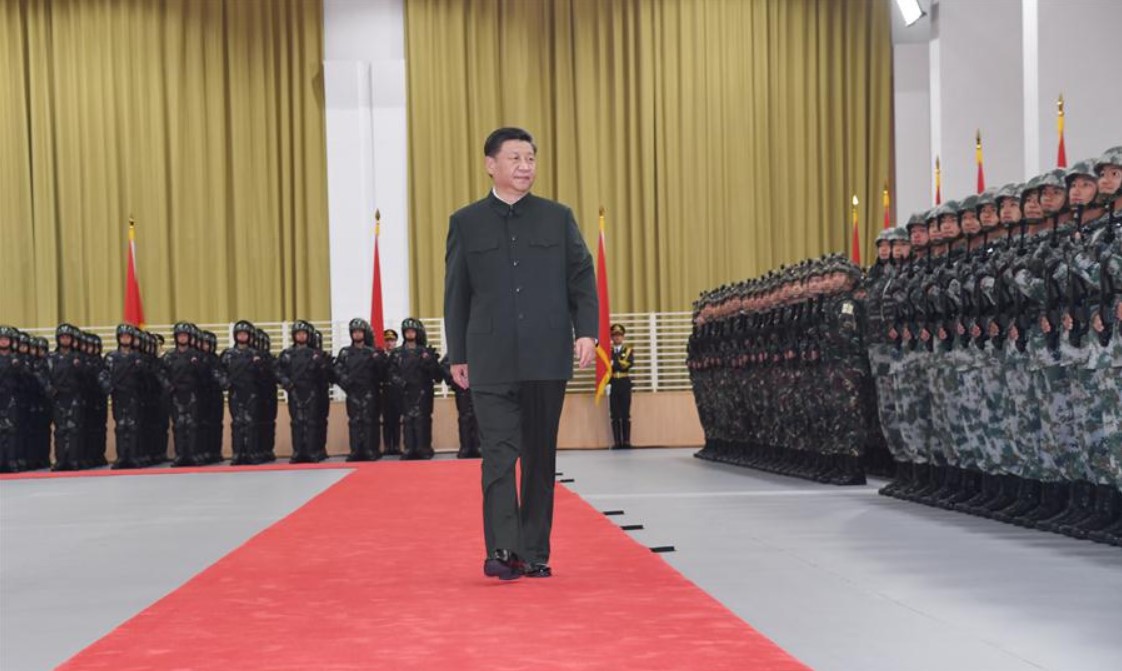



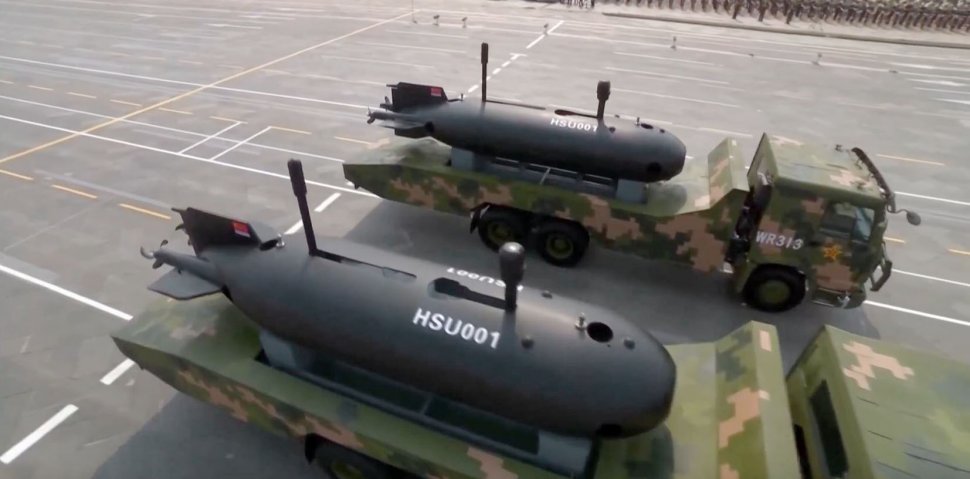






POST COMMENTS (11)
Dhiren - a fellow traveller
Sundararaman Ramanathan
Gladiator
Aninda Mukherjee
GP Singh
GP Singh
narendra
Subrata Bose
Thiagarajan Narayanan
Rajesh Dhawan
Deovrat Pagay